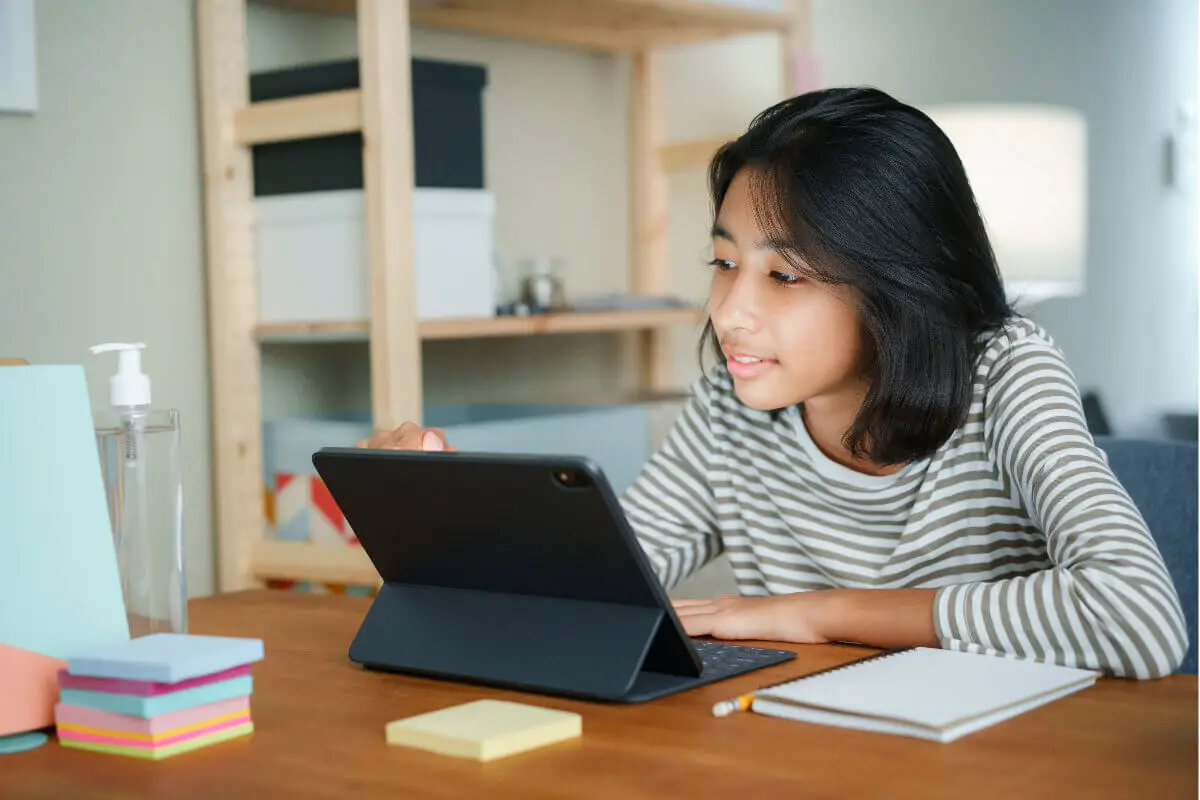In our fast-paced modern world, the traditional boundaries of education—classrooms, and textbooks—are no longer the sole avenues for learning.
While institutional education still holds value for many, it’s not accessible to everyone due to location, financial constraints, or personal situations. Thankfully, we find ourselves in a time where information is more accessible than ever, leveling the playing field for those who need to be self-educated. If you desire to educate yourself, a wealth of opportunities for self-learning awaits you.
Table of Contents
- The Power Of Self-Education: Three Methods To Build Your Knowledge Base
- Reading Books: The Time-Tested Method
- Online Resources: The Information Superhighway
- Taking Action: Learning By Doing
- Related Content:
The Power Of Self-Education: Three Methods To Build Your Knowledge Base
In today’s rapidly evolving landscape, education is no longer confined to the walls of a classroom or the pages of a textbook. While formal education remains essential for many, many are not allowed to pursue higher education due to various limitations such as geography, finances, or personal circumstances.
The good news is that we live in an era where access to information has been democratized like never before. If you have the will to learn, the world provides ample avenues for self-education.
Read on as we will explore three robust methods for self-education: reading books, utilizing online resources, and the importance of ‘taking action’ as a form of experiential learning.
Reading Books: The Time-Tested Method
One way that many people become self-educated is to read books. Reading books can open up the world to you like never before.

It was Ray Bradbury, the American author, who eloquently said:
“I don’t believe in colleges and universities. I believe in libraries because most students don’t have any money. When I graduated from high school, it was during the Depression and we had no money. I couldn’t go to college, so I went to the library three days a week for 10 years”
Ray Bradbury
The Power Of The Printed Word
Books have been around for centuries and remain one of the most effective methods of self-education. While digital media floods us with overwhelming information, books often provide curated, in-depth knowledge on a particular subject.
Whether it’s science, history, philosophy, or practical skills like cooking or woodworking, a comprehensive book is likely available.
How To Start Reading Books
- Identify Your Interests: What are you passionate about? What skills do you want to acquire?
- Research: Use online lists, reviews, and recommendations to find the best books on the subject.
- Take Notes: As you read, jot down key points, exciting ideas, and questions that arise.
- Discussion: Participate in book clubs or online forums to deepen your understanding and view the material from different perspectives.
Pro Tip To Reading More Books
Don’t shy away from classic texts. Sometimes, older books provide timeless wisdom that modern interpretations might lack.
Online Resources: The Information Superhighway
Today, the internet can help to level the playing field. Those who once did not have access to learning things online know how to access them. Below are some ways that people can self-learn from the internet.

The Digital Advantage
The internet has revolutionized the way we acquire information. Websites, online courses, webinars, forums, and social media platforms provide many opportunities to learn practically anything.
I love YouTube and have learned so much from YouTube. I will go to YouTube to figure things out if I ever have a technical question.
How To Navigate Learning On The Internet
- Identify Credible Sources: Look for well-regarded websites, educational platforms, or experts in the field.
- Structured Courses: Websites like Coursera, Udemy, and Khan Academy offer courses on various subjects. Many are free or relatively inexpensive.
- YouTube And Podcasts: Free videos and podcasts can be excellent supplementary materials. They’re accommodating for visual and auditory learners.
- Practice And Interaction: Use online exercises, quizzes, and community interaction to reinforce learning.
Pro Tip
Always cross-reference information from multiple sources for a more balanced perspective.
Taking Action: Learning By Doing
One of the best ways to learn to do something is to start to do it. If you want to learn to design a website, one of the best ways is to start doing a website.
Learning by doing is a great way to learn.
The Value Of Experience In Learning
The most potent form of education is often through doing. Experiential learning provides insights and expertise that theoretical knowledge cannot offer. It also instills confidence and helps you understand the practical applications of what you’ve learned.
Steps To Take Action In Learning
- Start Small: Choose a straightforward project or task incorporating your new knowledge or skills.
- Seek Mentorship: If possible, find someone experienced in the field who can guide you.
- Fail And Learn: Don’t be afraid of making mistakes. Each failure is a stepping stone to mastering the skill.
- Reflect: After completing a project or task, evaluate what you’ve learned, what you could do differently, and how to improve.
Pro Tip
Combine all three methods of self-education. Read a book on a subject, complement it with online research, and then apply what you’ve learned through action.
The barriers that once limited educational opportunities for many have been significantly reduced thanks to modern resources. Take heart if you are among those not allowed formal higher education.
You can embark on a fulfilling journey of self-education through methods like reading books, exploiting online resources and engaging in experiential learning through action. The world is your classroom; you only need to step inside.
At Project Sprouts, we realize that we can not solve all the problems in a situation like this. But we can seek to make a difference in the lives of needy children by giving them school supplies and encouraging them to continue their education; we can give them winter coats, boots, and blankets to help them stay warm during the cold winter months.
Project Sprouts would love to have you be a part of our community and help us help worthy children in North Vietnam.
You can find out more about Project Sprouts by clicking here or going to our give now page to donate by clicking here. As we are a grassroots organization, all funds help those in need.
Related Content:
What Is Generational Poverty?
Generational Poverty means staying impoverished for two or more generations. Poverty is not an incurable disease, yet it is passed down to one generation after another. This is usually called “the Cycle of Poverty,“ where everything begins once again after it is finished, persisting in a whole family’s tree for years.
You can read more by reading What Is Generational Poverty? by clicking here.
Is It True That The Rich Are Growing Richer, And The Poor Are Growing Poorer?
In this day and age, the problem of class distinction between the rich and the poor is becoming more serious. Each class has its prejudice and one-sided view of the other when they see other people’s problems with their personal views. Therefore, whether the poor can only get poorer and the rich always get richer in today’s society has become a hot topic of debate on social networking sites.
Then, What Is Distance Learning? You can read more by reading Is It True That The Rich Are Growing Richer, And The Poor Are Growing Poorer? by clicking here.

